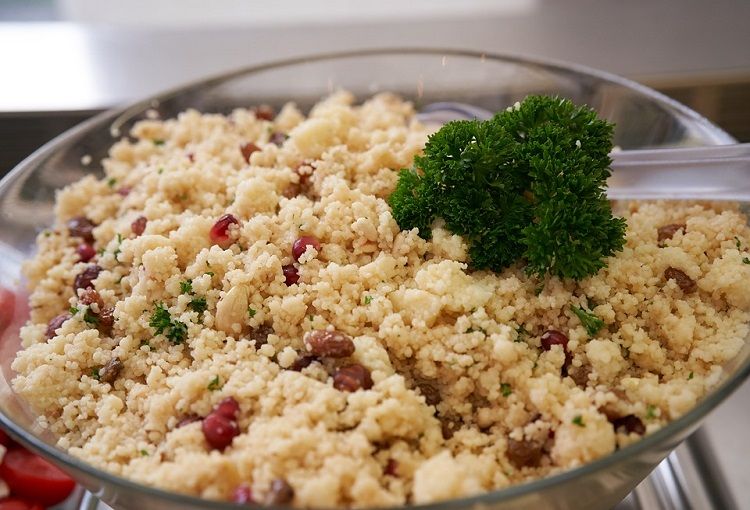
One of the best ways of understanding countries’ history, culture, and lifestyle is through food. So, if you want to know a specific country without traveling, dare to eat its food or even cook it at home. Luckily, there are middle eastern restaurants in London where you can devour all your favorite middle eastern cuisines.
Middle Eastern cuisine has gained a lot of interest in the past decades thanks to its original and flavorsome food. All their dishes are a true representation of their privileged location amidst Asia, Africa, and Europe. This constant connection with various cultures along with local ingredients has shaped one of the most popular foods in the world.
Middle Eastern cuisine’s predominant characteristic is the use of tons of spices and herbs giving the distinctive deep aroma and complex flavor of all its dishes. Food preparations are creamy, copious, robust, and colorful. Ingredients used in most meals include rice, olives, dates, parsley, chickpeas, couscous, green wheat, burghul, clarified butter, leafy green vegetables, root vegetables, tomatoes, lamb, mutton, and goat.
In all cuisines worldwide, there are some foods considered staples, since they are present in almost every single meal. In the Middle East, the favored staples are rice, couscous, wheat, and beans.
The interesting history of a Middle Eastern staple food
One of these Middle Eastern staples has an interesting origin since it was created for nourishing the population in times of rationing in Israel. History said that during the early 50s, Israeli Prime Minister David Ben-Gurion was looking for affordable foods that could feed the increasing population caused by Jews’ migration.
Osem was the company in charge of this task and came up with a cheap and mass-produced starch called Ptitim, also known as Pearl couscous or Israeli couscous. It is an extruded paste of wheat flour or semolina, shaped like big rice grains, then dried and toasted.
Its use in most Israeli houses was widely spread and became a preferred ingredient in all their meals.
More about Pearl Couscous
In the beginning, it was used as a substitute for rice and pasta in typical meals. Nowadays, it has a main role in the kitchen with multiple recipes using it as the start.
Pearl couscous is a healthy ingredient that can go easily with other components. Recipes vary from warm or cold salads, side dishes, and main meals.
Moreover, this type of couscous is very easy to cook, so if you are wondering how to cook pearl couscous, the good news is that there is no secret there. You can prepare it either like rice or pasta.
- The rice method involves toasting pearl couscous with butter or oil, then adding the preferred liquid (water or broth), and simmering until it is tender.
- The pasta method consists of adding couscous in a saucepan with boiling liquid (water or broth), cooking until it is al dente and straining it.
These two are ways used to prepare a basic Pearl couscous recipe. Then it can be added to salads or used as an accompaniment. Whatever the method you choose, you can be mistaken while preparing any recipe with Pearl couscous. You only need to use the right recipe and high-quality ingredients to get a real Middle Eastern dish.
Try this recipe to begin using this noble starch.
Almond Israeli Couscous
Ingredients (6 servings)
- ¾ cups of sliced almonds.
- 3½ cups of vegetable broth.
- 4 sprigs of fresh thyme.
- 3 cups of Israeli couscous.
- 3 tablespoons of extra-virgin olive oil.
- 6 thinly diced shallots.
- Salt and black pepper (best if freshly ground)
- 1 tablespoon of fresh lemon juice.
- Chopped fresh parsley.
Preparation:
- Cook the sliced almonds in a small saucepan over medium heat until they get brown. Reserve.
- In a big saucepan, add vegetable broth and springs of thyme. Cook at high heat until boiling.
- Incorporate Israeli couscous, low the heat, and put a lid on the saucepan. Simmer the preparation until all broth is absorbed. Turn off the heat, and let it rest (still covered) for 10 minutes.
- Heat olive oil in a skillet. Incorporate diced shallots, kosher salt, and pepper. Stir very well, and cook until shallots are browned.
- In a big bowl, add toasted almonds, couscous, shallots, and fresh lemon juice. Combine all ingredients. Add more kosher salt, pepper, or lemon juice if needed.
- Serve warm with some parsley on the top.






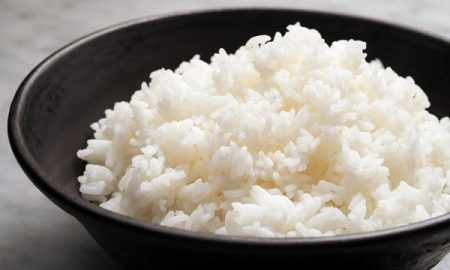
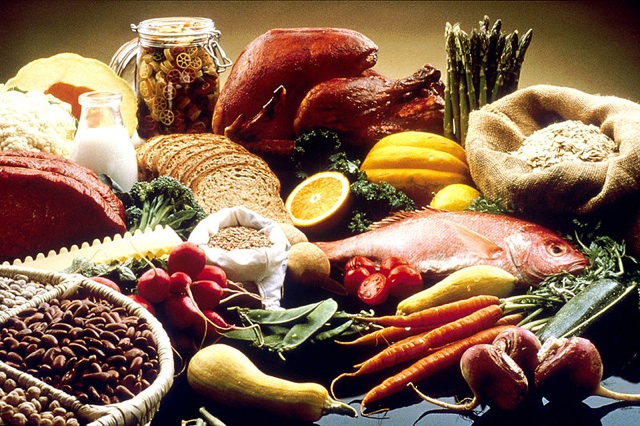

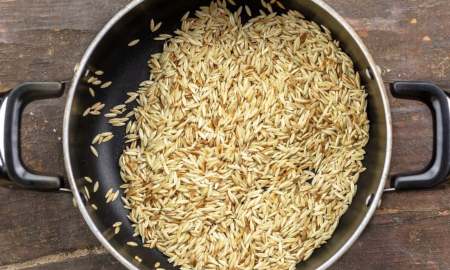

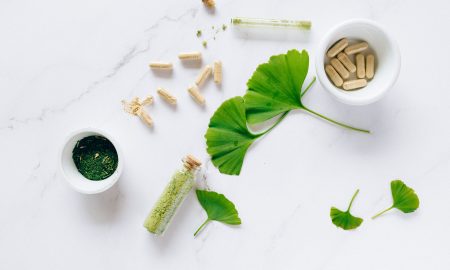
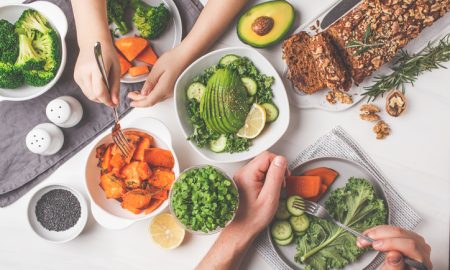
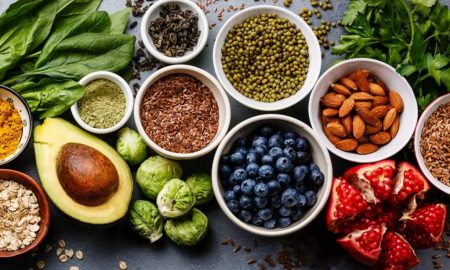
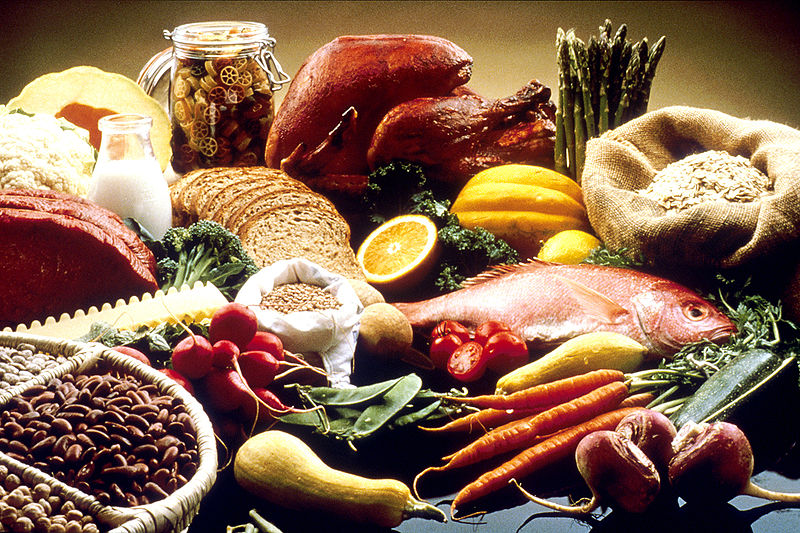
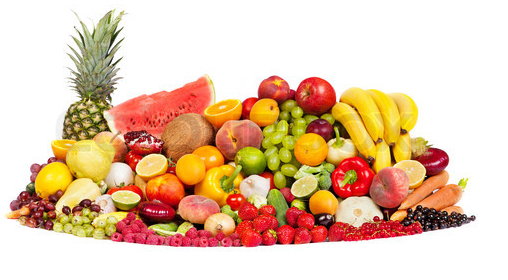
Follow Us